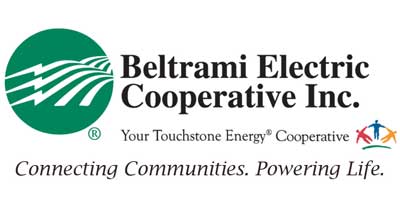GENERATOR SAFETY
Portable or permanently installed standby generators can come in handy during long-term power outages. However, if you do not know how to use them properly, they can be dangerous. Contact a qualified vendor or electrician to help you determine what generator is best suited to your needs.
Follow these tips to use portable generators safely:
-
Never connect a generator directly to your home's wiring unless your home has been wired for generator use. (Example: a GenerLink device installed) This can cause backfeeding along power lines and electrocute anyone coming in contact with them, including lineworkers making repairs. Have a licensed electrician install the equipment necessary to safely connect emergency generators to your home.
-
Ensure your generator is properly grounded.
-
Operate it outdoors in an area with plenty of ventilation. Never run a generator in a home or garage. Generators give off deadly carbon monoxide.
-
Do not plug a generator into the wall to avoid back feed. Always plug appliances directly into generators. Use heavy-duty extension cords to connect appliances to the outlets on the generator.
-
Turn the generator on before plugging appliances to it. Once the generator is running, turn your appliances and lights on one at a time to avoid overloading the unit. Remember, generators are for temporary usage; prioritize your needs.
-
Never overload a generator. A portable generator should only be used when necessary to power essential equipment or appliances.
-
Generators pose electrical risks, especially when operated in wet conditions. Use a generator only when necessary when the weather creates wet or moist conditions. Protect the generator by operating it under an open, canopy-like structure on a dry surface where water cannot form puddles or drain under it. Always ensure your hands are dry before touching the generator.
-
Never fuel a generator while it is operating. Be sure the generator is turned off and cool before fueling it.
-
Keep children and pets away from portable generators. Many generator components are hot enough to burn you during operation.
* We recommend these safety guidelines and basic operating instructions be posted in the home and with the generator.
If you are installing a permanent generator, it must have a transfer switch. The transfer switch prevents energy from leaving your generator and going back onto the utility electrical equipment, when it could be dangerous to a lineman or others near downed power lines, a process known as “back feed.” A qualified electrician should install your generator and transfer switch.
